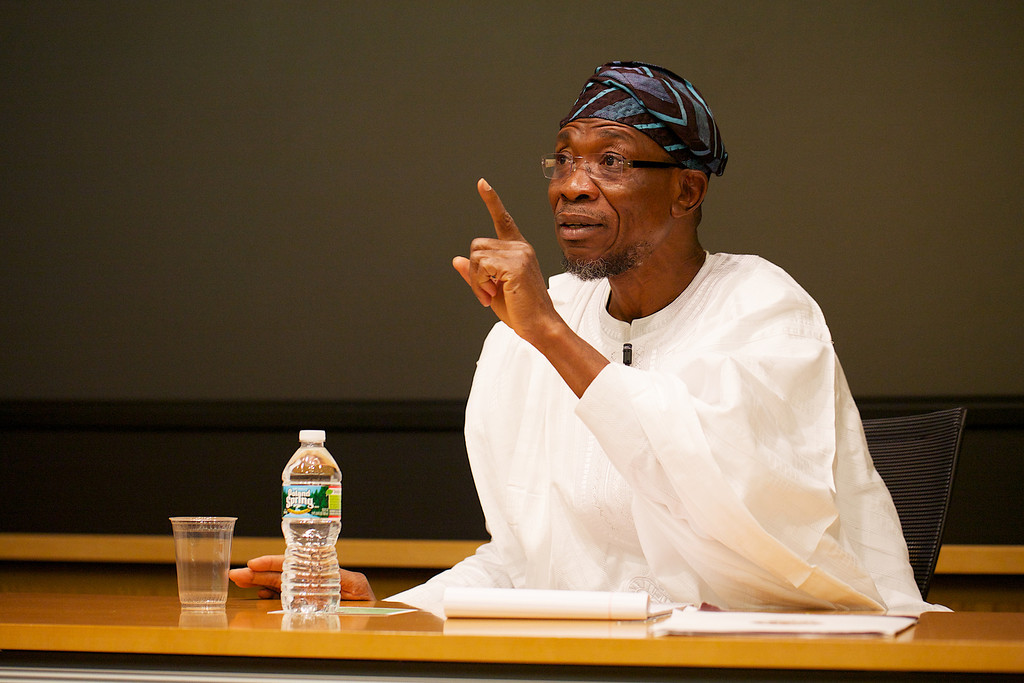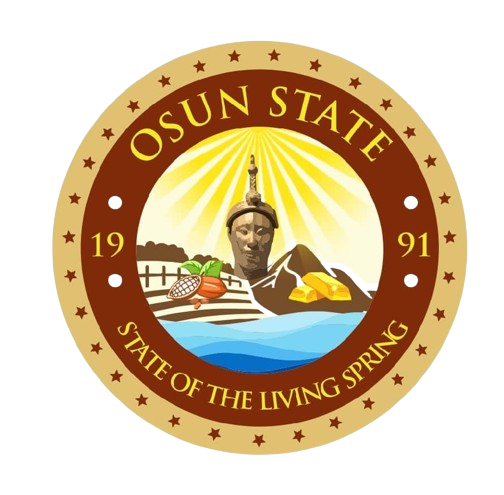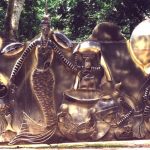
Transforming Osun Via Urban Renewal
Yinka Kolawole writes on the valiant efforts of the Osun state government to revamp the poor infrastructure for improved development, starting with urban renewal processes in the state capital, Osogbo
Every major city, like New York, London and Singapore, craves its unique identity, with which the city is known and described by people.
The identity is based on the orderliness and creative patterns/arrangement of physical, commercial and residential structures; hence the need to ensure physical planning and renewal of structures.
While some cities are known for skyscrapers, others contain arrays of commercial structures neatly arranged after stipulated setbacks. This orderliness must always be maintained through renewal programmes. The current renewal of the capital city of Osun (Osogbo) is not an exception.
Fresh Concept
Urban renewal, which is synonymous with development of cities, is rapidly gaining popularity in some state capitals in the country in recent times. This trend seeks to cope with and contain unbridled rural-urban migration and the associated challenges of same on infrastructural facilities in these urban areas.
Urban renewal, in a simple definition, means a system of preventing the premature obsolescence of urban neighbourhood, assemblage of facilities for the restoration of declining areas, as well as the recreation of worn-out areas.
It is also a relatively comprehensive community redevelopment programme through which a particular city seeks to re-fashion and rebuild the physical structures of a particular segment of the city in order to enable it to cope more successfully with the problem confronting it, according to the lexicon.
In another way, urban renewal has been described as a process of upgrading the status and structure of a particular section of a settlement, with a view to making them “new” through modernisation.
Setting the Trend
Following the peculiar developments associated with developed nations like the United States of America, and Europe, some states in the country such as Cross River, Lagos, Edo, Ogun, Ondo, Akwa Ibom, Osun, Oyo, and Ekiti, are aggressively pursuing environmental upgrade and unprecedented cities re-alignment.
While the state of Osun hosts some of the biggest towns across the South-west, no fewer than a dozen of its towns are bigger than many state capitals in the country in landmass and population.
Yet virtually all these towns are nothing more than glorified villages, with dilapidated houses, crumbled infrastructure, phenomenal encroachment of statutory set-backs along roads and highways, as the enduring memories of maladministration, especially during the previous era in governance.
The capital city of Osun, Osogbo, is often described as one of the ugliest capital cities in Nigeria with its appearance and identity way behind other state capitals, that were created after Osun; it is pathetic!. This concern, no doubt underlines the current administration’s agenda to give the capital city and other notable towns across the state some face-lifts through the administration’s urban renewal programme.
Renewal Process
The ongoing urban renewal in the state involves transformation of nine cities to give a facelift to the state, as well as to improve the living standard of the people in the cities. The cities under focus are: Osogbo, Ilesa, Ile-Ife, Iwo, Ikire, Ikirun, Ede, Ejigbo and Ila Orangun.
The urban renewal projects are considered highly essential as the environment contributes to the level of spiritual, social, economic, intellectual and cultural development of the people.
The specific scopes of the programme are as follow: city beautification by installation of street lights; new granite & limestone pedestrian walkways, such as already being witnessed in Olaiya-Okefia axis, Osogbo (renamed Freedom way); creation of green areas, gardens and parks, (such as freedom park at then-Old garage, Osogbo, now called New garage).
Others are renovation of Obas’ palace; renovation of Town halls, Schools, State General hospitals, and Religious sites; roads upgrade and maintenance; clearing of drainages; renovation of dilapidated properties/infrastructure; dredging of streams and rivers traversing the city and lining of such waterways.
Vital Essence
The essence is to replace the various degree of old, decayed and congested buildings and infrastructures which are characteristics of old cities. It is also borne out of passionate desire to restore the master plans of the cities as envisioned by the founding fathers.
The numerous physical infrastructural redevelopment ongoing in the states such as construction of modern educational infrastructures, unusual road network construction /reconstruction, upgrade of health facilities, renovation of state general hospitals, courts, dredging of various rivers and streams, construction of recreational centres and upgrade of tourist centres in the state are targeted at creating an ideal habitable environment capable of engendering safety of lives and properties.
Pull Factor
Aside from ensuring an ideal habitable environment, the ongoing urban renewal in the state is meant to attract new investments into the state. One of the thrusts for attracting business is security, and security cannot be guaranteed in a dis-organised and dislocated environment. As a matter of fact, the way an environment is perceived goes a long way in determining the kind of signal sent to potential investors.
Given that industrialisation engenders job opportunities such as desired in Osun, the city planners believe they cannot afford to ignore the deteriorating and next-to-slum state of habitation while continuously wooing investors both locally and internationally.
New Leaf
In terms of the socio-economic impacts, the woes and affliction of yesteryears caused by traffic jam in places like Kuto, Adatan, Lafenwa (in Abeokuta, Ogun state), Mokola, Iwo Road, and Challenge (in Ibadan, Oyo state), as well as the Oshodi nightmare in Lagos, that have all become history, are magical results of urban re-development initiated by the various state governments.
Osogbo is already experiencing traffic bottlenecks in addition to its rusty appearance, therefore the proactive sense of Governor Aregbesola in this direction deserves commendation. The separation of illegal structures from roads and other bonafide physical infrastructures to enforce physical planning and to create proper commercial spaces are inevitable.
Rather than perceiving the on-going aggressive transformation of the state as a mere beautification exercise, it should be noted that urban renewal engenders socio-economic development by spurring commercial and business activities through attraction of investments.
This consequently catalyses employment generation, it also gives room for enhanced tourism activities, improves security (as a result of the ensuing social order in the state), and ultimately ensures restoration of healthy living.
The current separation of unauthorised stalls and buildings encroaching the statutory set-backs along major roads in the state, is unavoidable, if the ideal habitable environment we all crave is to be achieved. The financial implication of enforcing such statutory standards of building would have been eliminated on the part of the government if we had all embraced the spirit of self regulation, by obeying the basic environmental rules relating to building.
Best Practices
The immediate urban renewal intervention and log-term structure plans of these nine (9) cities of Osun are governed by global best practices and under the watch and guidance of an international agency (United Nations Habitat- UN Habitat).
The programme takes care of all stakeholders and project affected people (PAP) like market women, traders, mechanics, etc. They are being compensated where they have genuine claims or being relocated (for instance, the plank sellers in Alekuwodo were all relocated).
While speaking on the renewal programme the state Commissioner for Finance, Economic Planning and Budget, Dr. Wale Bolorunduro, said, “I see urban renewal as a tool and of course, a nexus of sound and virile economic development framework, on which hinge various policies capable of leap-frogging the economy of the state.”
Osun is moving to set a new pace in development via urban renewal and that can only portend good for the citizens of the agrarian state. That is a nice way to deliver the gains of democracy.
THISDAY NEWSPAPERS




